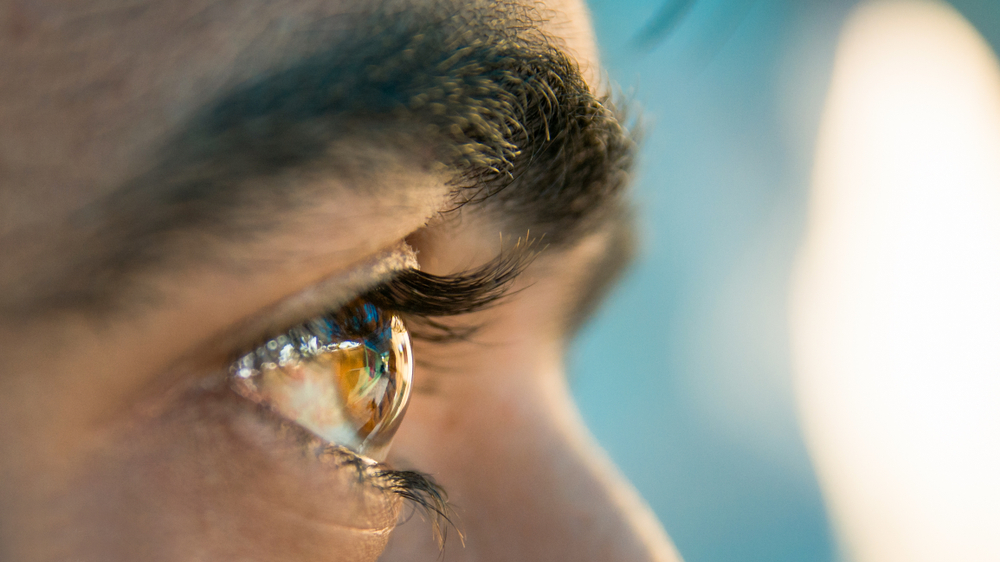Methamphetamine is a potent and highly addictive stimulant that dramatically affects the central nervous system. Often, its use leads to devastating health consequences, including the possibility of developing a condition known as “meth eyes.”
Let’s take a closer look at how meth affects the eyes, the difference between meth and prescription amphetamines and typical long-term visual problems associated with meth use.
The Impact of Meth on the Eyes
“Meth eyes” describes a telltale physical characteristic of methamphetamine abuse.
- Meth restricts circulation throughout the body, which can cause eyes to appear red or bloodshot.
- Meth’s stimulant properties can lead to dilated pupils, as the body is in a heightened state of alertness.
- Chronic meth use can also lead to unhealthy, sallow skin and rapid weight loss, making the eyes appear more sunken than they normally would.
Prescription Amphetamines vs. Meth
As stimulants, meth and prescription amphetamines such as Adderall or Ritalin can have similar effects, but there are crucial differences between them. A health professional usually provides FDA-regulated prescription amphetamines in controlled doses to treat conditions such as ADHD and narcolepsy.
On the other hand, meth comes from illegal labs and can contain a broad range of harmful impurities. Meth’s unregulated nature typically leads to far higher doses than legal, prescription amphetamines, which can dramatically increase the risk of harmful health effects – including vision-related consequences. However, misusing or abusing prescription amphetamines can cause similar severe health problems as meth use.
Common Long-Term Visual Problems in Meth Users
Over time, chronic meth use can lead to long-lasting and sometimes permanent damage to the eyes and vision.
- Optic neuritis: This inflammation damages the optic nerve, a bundle of nerve fibers that transmits visual information from your eye to your brain. It can cause pain and vision loss.
- Eye movement disorders: Meth use can cause rapid, uncontrollable eye movements and misalignment of the eyes.
- Retinal damage: Reduced blood flow can harm the retinas, leading to vision loss or distortions.
- Dry eye syndrome: Reduced tear production, another side effect of meth use, can lead to dry, itchy and red eyes, discomfort and potentially serious eye complications.
Reclaim Your Well-Being at Hope by the Sea
Understanding meth’s adverse effects on your ocular and overall health can provide the motivation you need to quit using, but you might still need help managing the uncomfortable symptoms of meth withdrawal.
At Hope by the Sea, we offer comprehensive drug and alcohol treatment programs tailored to each client’s needs, providing a beacon of hope for a healthier, brighter future.
If you or a loved one is struggling with methamphetamine use, we encourage you to seek help immediately. Vision is only one aspect of your wellness that methamphetamine abuse can dramatically impact, but the journey to recovery is possible, and it begins with reaching out for help.

